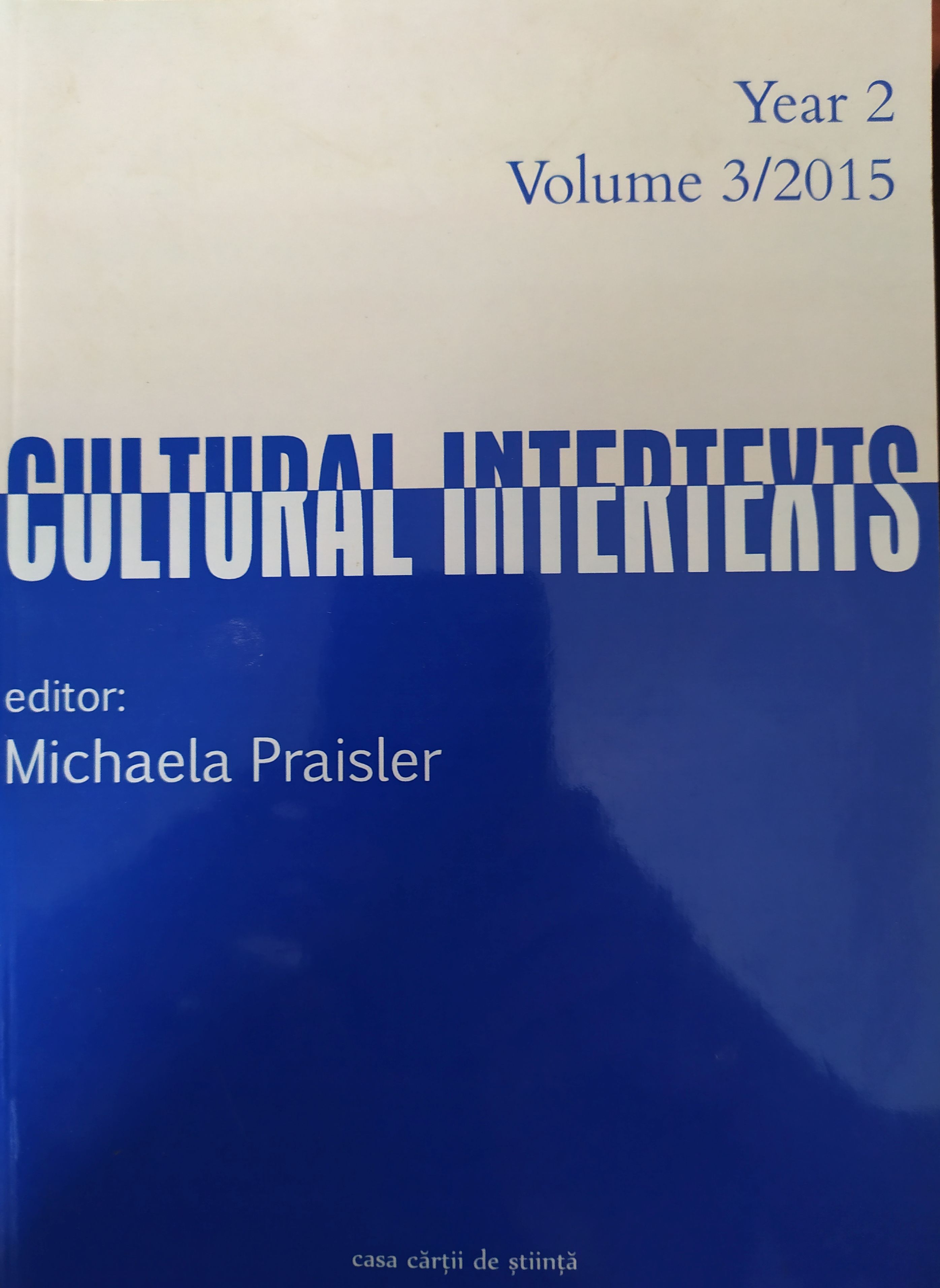Alasdair Gray’s Lanark as an Act of Literary Resistance
Alasdair Gray’s Lanark as an Act of Literary Resistance
Author(s): Markéta GregorováSubject(s): Studies of Literature, Recent History (1900 till today), Sociology of Culture, Theory of Literature
Published by: Editura Casa Cărții de Știință
Keywords: Scottish literature; metafiction; postmodernism;
Summary/Abstract: This paper examines the sheer variety of creative roles that the contemporary Scottish iconoclastic writer Alasdair Gray assumes in his works of fiction, discussing the external manifestations of his multifaceted talents in action as well as considering the conveyed effect. Widely regarded as the leading figure of the 1980s Scottish literary renaissance and the founding father of Scottish postmodern fiction, Gray emerged as a major creative artist with the publication of his influential novel Lanark: A Life in Four Books (1981), which epitomises his experimental approach to literary production and consumption. Gray figures in Lanark not only as the author of the text and the creator of the accompanying original illustrations, he also makes a cameo appearance as the morose and mean writer of the work-in-progress, who engages in an intellectual discussion with his protagonist concerning the plot of the very novel. Under the alias of Sidney Workman, Gray also fulfils the task of the literary critic in annotating the metafictional chapter of Lanark with discursive footnotes and embedding in it an index of earlier authors and texts that have been supposedly plagiarised in the novel under scrutiny. Gray succeeds in utilising the characteristically protean quality of the postmodern age for aesthetic purposes of his own making, challenging by the means of the mutually reinforcing form and content of his work our assumptions about the world as we know it.
Journal: Cultural Intertexts
- Issue Year: 2/2015
- Issue No: 03
- Page Range: 48-52
- Page Count: 5
- Language: English

